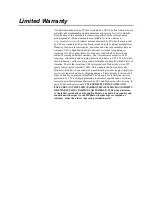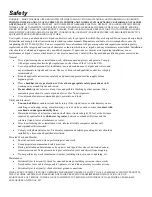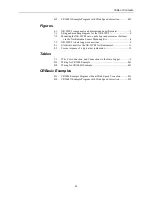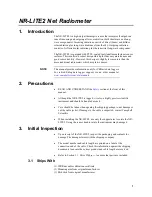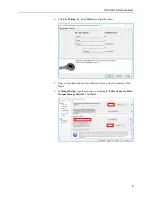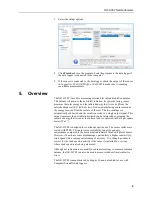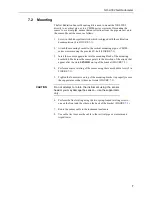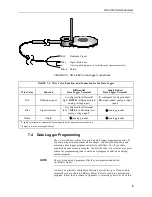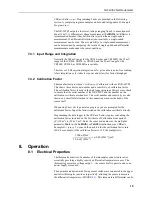
NR-LITE2 Net Radiometer
4
7.
Select the output options.
8.
Click
Finish
and save the program. Send the program to the data logger if
the data logger is connected to the computer.
9.
If the sensor is connected to the data logger, check the output of the sensor
in
LoggerNet
,
PC400
,
RTDAQ
, or
PC200W
to make sure it is making
reasonable measurements.
5. Overview
The NR-LITE2 is used for measuring solar and far infrared radiation balance.
This balance is known as the net (total) radiation. Its upwards facing sensor
measures the solar energy and far infrared energy that is received from the
entire hemisphere (180° field of view). Its downwards facing sensor measures
the energy received from the surface of the soil. The two readings are
automatically subtracted and the result converted to a single output signal. This
output represents the net radiation (which can be interpreted as meaning the
radiative energy that is seen at the surface) and is expressed in Watts per square
meter (W m
–2
).
The NR-LITE2 is designed for continuous outside use. The sensor surfaces are
coated with PTFE. This ensures sensor stability, long life, and easy
maintenance compared to the more usual radiometers fitted with plastic domes.
However, it does have some disadvantages, particularly a higher sensitivity to
wind speed with a subsequent lessening of accuracy. It is, though, possible to
correct for the wind speed sensitivity if the sensor is installed in a system
where wind speed is also being measured.
Although net radiometers are usually used in meteorology to measure radiation
balance, the NR-LITE2 can also be used to measure indoor climate radiative
stress.
The NR-LITE2 is manufactured by Kipp & Zonen, but cabled for use with
Campbell Scientific data loggers.


